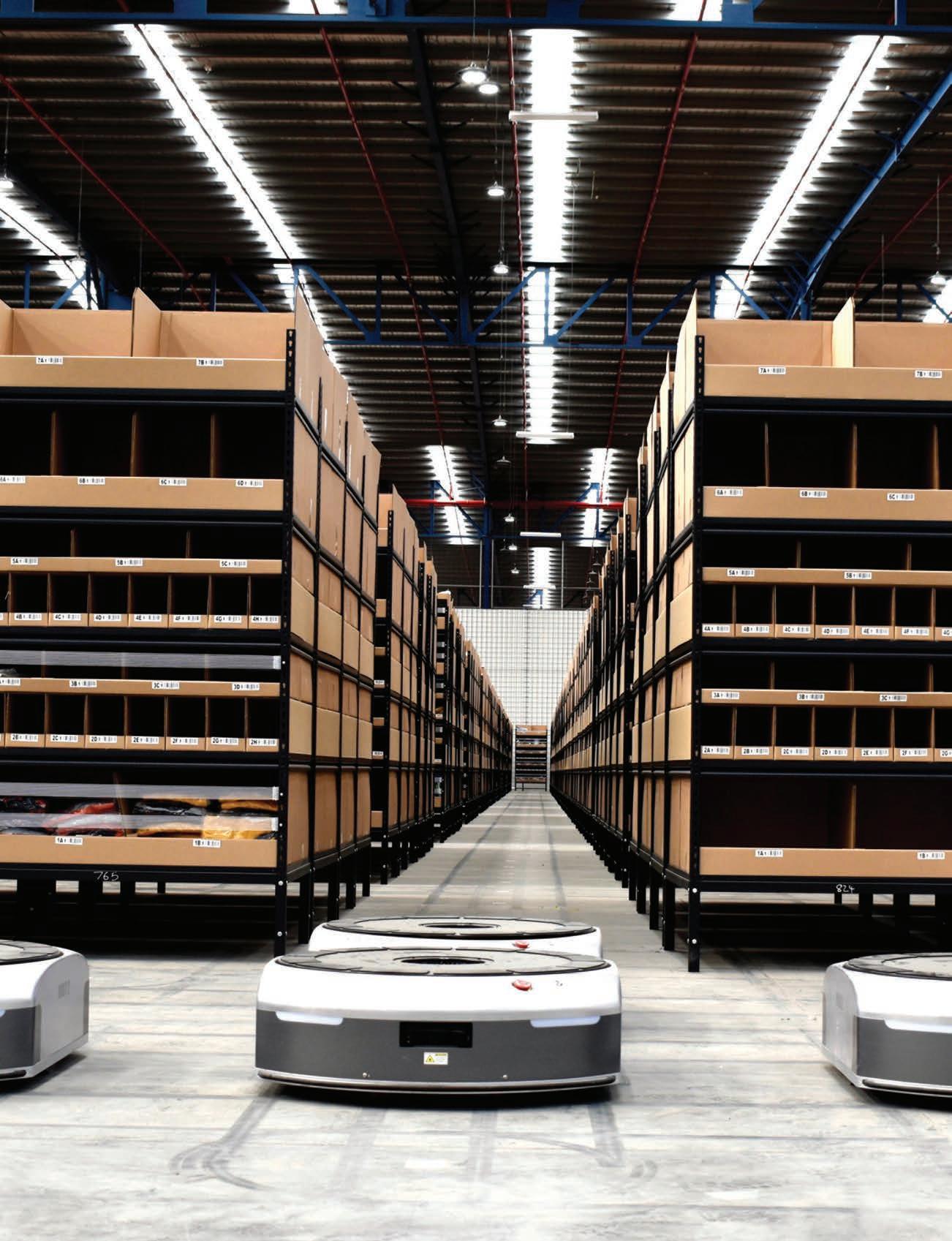MHD MATERIALS HANDLING
COVID-19: SHUTDOWN OF A DISTRIBUTION CENTRE Matthew Wragg, Chairman of Supply Chain and Logistics Association of Australia (SCLAA) shares his thoughts on staying ahead of the curve and maximising supply chain risk management.
S
omeone presents on site at your distribution centre with COVID-19, what do you do? It’s an interesting question to ask and very valid in Australia today, but it was a question I was just asked on the phone. I wonder what would have been the reaction just three months ago. As a risk management professional, I am always looking at the potential fall out for my clients, whether it be financial, cost or legal. Staying ahead of the curve is critical in managing your risks and from my perspective only the top 10 per cent of supply chain managers do that really well, even if they haven’t achieved their plan, they are still considering and working all of their risks. There has been a lot of panic from coronavirus fall out and we’ve seen toilet paper shortages among other things.
But let’s take a moment to step back from the fact that someone may actually present to your workplace with coronavirus, also known as COVID-19. As a principle place of business, you have a duty of care to your workers, full stop. You must do everything in your power to protect them and those who frequent your site as well, whether it be delivery drivers, cleaners, security or any other persons as a PCBU (or persons undertaking a business undertaking). On top of that, we all want to see the back of COVID-19 and we all want to ensure socially that we can make an impact and ensure we do not pass this on as our elderly and vulnerable as they are at significant risk. So, lets run through the process, one supply chain professional to another. In the UK during the GFC and other
distribution centres around the world I have worked, I have been involved with the shutdown of distribution centres. But they were all planned, whether it be Christmas, Good Friday or other types of shutdowns. Not many DCs run 24/7, 365 days per year, but they do exist I’m sure. Industries that come to mind are freight forwarding and petroleum for example, even power stations of old would have a supply chain of coal behind their operation. But if someone presents with COVID19, tomorrow morning, that isn’t going to qualify as a planned event and if you must shut down, it certainly would be planned. If everyone had to walk off site right now, how would you even go about that? The planning comes from before that moment, when someone presents with Covid19. It comes now, before someone rocks into work with a dry cough or temperature.
ENTRY AND EXIT
As a princple place of business, employers have a duty of care to workers and must do everything in their power to protect them.
58 | MHD MAY 2020
Most large workplaces have multiple entries and exits in place, and the suggestion to use one and not all and ensure that one is used only, is so that you can open others up. A known ‘clean’ area(s) that may be used in case an area in your building is at risk of exposing others. We know COVID-19 will live well on plastic for 12 hours and metal for 24 hours, so the risk of someone touching a space while infected and then an uninfected person touching the same place is very real. If there is a security station on site which people must pass, please ensure there is a place to wash your hands and ensure that your protocols consider the washing of hands before anyone walks






















